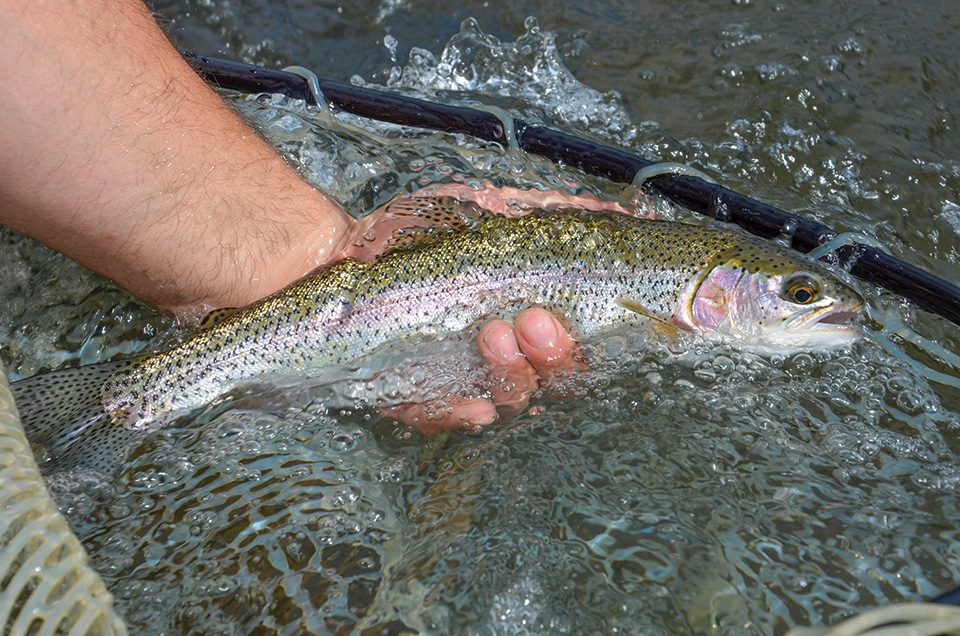If you’re looking for a way to beat the summer heat, fishing a tailwater trout stream is an obvious choice. With predictable flows controlled by hydroelectric dams, these are waters where temperature and oxygen content remain relatively stable year round.
For trout and angler alike, tailrace fisheries are an oasis in the deep summer heat. While life in all but the highest-elevation free-flowing streams is suffering from heat-induced lethargy, tailwater trout remain active and healthy.
Whether it’s the White River in Arkansas, Maryland’s Gunpowder Falls or Georgia’s Toccoa River, there are some constants when it comes to fishing tactics in deep summer. No two rivers fish the same, but trout prefer similar conditions wherever they live.
- Fish High — When cold water from the bottom of a deep reservoir is pulled through generation turbines under various methods of oxygenation, flows released below the dam offer excellent conditions for trout. This only extends so far downstream, though. Summer heat and the sun warm the water, which is also robbed of its oxygen content in the absence of aerating shoals. For anglers on most tailwaters, this means the first few miles below the dam will be the best place to fish.
- Fish The Morning — In the depths of winter, sleeping in and fishing the warmest part of the day is often recommended. The opposite is true in summer. Anglers and trout will be more comfortable in the early morning before the sun has had a chance to heat the shallows. Fish are more likely to be up and feeding when the sun is not cooking their backs. Get on the water at daybreak for a few hours of action and then go eat brunch.
- Fish The Shoals — Shoal-broken water has more oxygen. Trout seek out water with higher oxygen content, and their metabolisms also churn when there’s more oxygen in the system. Especially in low-light conditions, work the runs and pockets in the shoals to find actively feeding fish.
- Fish The Holes — Find a good deep hole beneath a turbulent shoal and use plenty of weight to dredge the bottom. Deeper water is colder water. When water temps begin to rise, trout go deep. You might find a pod of hungry trout hugging the bottom, or you might find that one fish big enough to have the whole lie to herself.
